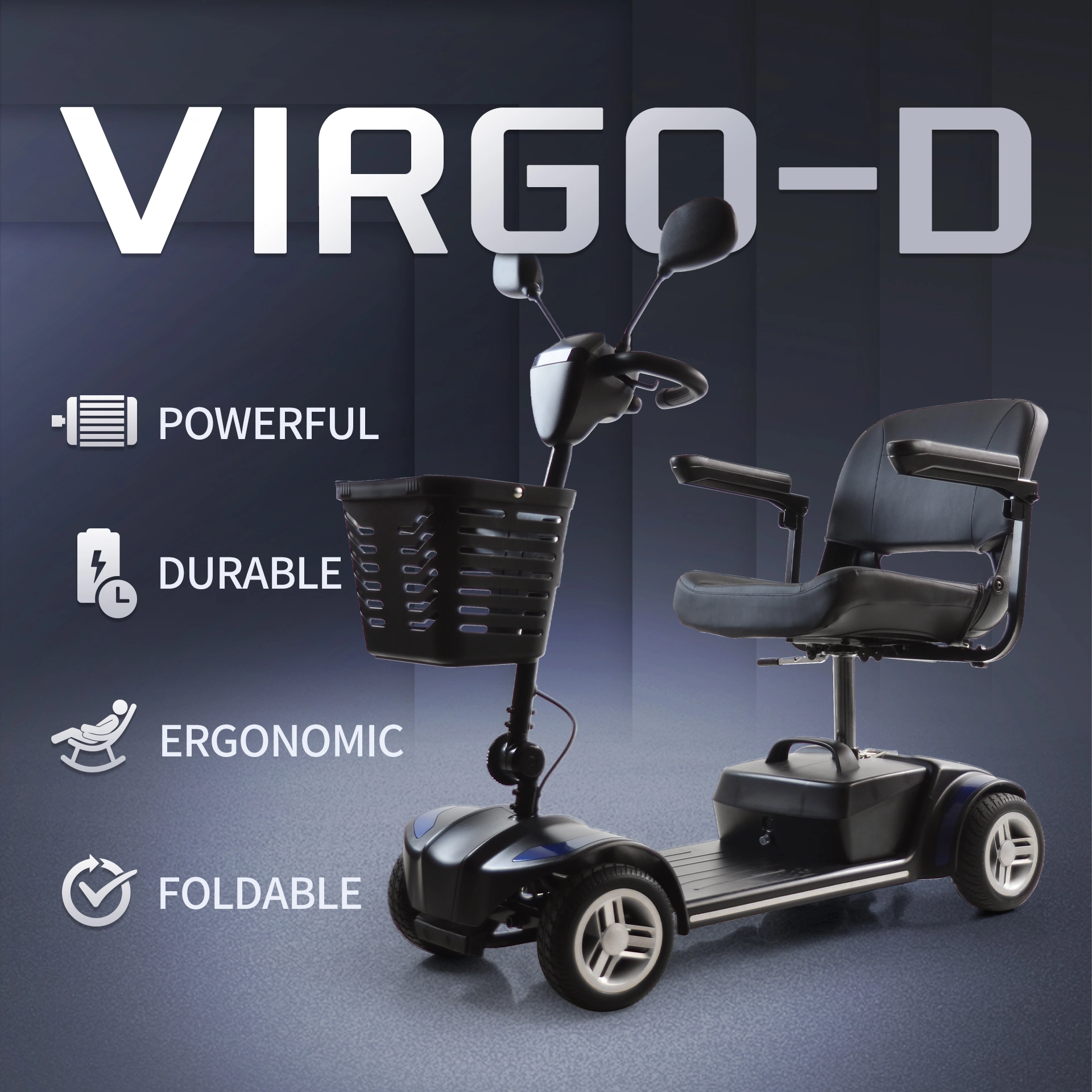Electric scooters have become a staple in urban mobility, but one often overlooked factor—wheel size—plays a critical role in their performance and safety. From navigating city streets to tackling rough terrain, the diameter and design of a scooter’s wheels directly influence how it handles, accelerates, and protects riders. Understanding these dynamics is key to choosing the right scooter for your needs, whether you’re commuting downtown or exploring off-road paths.
The Basics of Wheel Size in Electric Scooters
Most electric scooter wheels range from 8 to 12 inches in diameter, with some off-road models featuring larger options. This variation isn’t arbitrary: larger wheels (10+ inches) excel at absorbing shocks from potholes, curbs, and gravel, thanks to their increased contact area with the ground. This makes them ideal for uneven surfaces, providing a smoother ride and reducing the risk of tipping. Smaller wheels (8–9 inches), by contrast, offer greater agility, perfect for weaving through crowded sidewalks or making quick turns in tight spaces.

Wheel materials also matter. Rubber tires provide better grip and shock absorption for city riding, while solid foam tires require minimal maintenance but offer less cushioning. Air-filled tires strike a balance, combining flexibility with durability, though they need occasional pressure checks.
Efficiency and Performance: How Wheel Size Makes a Difference
Larger wheels boost motor efficiency by covering more distance with each rotation, allowing scooters to travel farther on a single charge. For example, a 350W motor paired with 12-inch wheels can match the range of a higher-wattage motor with smaller wheels, making it a cost-effective choice for long commutes. Smaller wheels, however, accelerate faster due to their lighter weight, which is advantageous for stop-and-go urban riding where quick bursts of speed are needed.
INTCO Medical’s GEMINI scooter exemplifies this balance. Equipped with large, sturdy wheels, it delivers both stability at high speeds and enough maneuverability for suburban streets, making it a popular choice for riders seeking versatility.
Safety Considerations Across Terrains
Safety is where wheel size truly shines. Larger wheels maintain better traction on wet or slippery surfaces, reducing skidding risks. Their larger contact patch also distributes the rider’s weight more evenly, lowering the chance of getting stuck on debris or losing balance. This is especially crucial for older adults or individuals using scooters for rehabilitation equipment purposes, where stability is paramount.
Smaller wheels, while agile, have less surface area, making them more prone to slipping on loose gravel or wet pavement. They also struggle with curbs, increasing the risk of bottoming out. Riders in rainy climates or hilly areas should prioritise larger wheels to ensure a secure ride.
Choosing the Right Wheel Size for Your Needs
Your typical riding environment should dictate your wheel size. City dwellers navigating smooth pavements and tight corners will benefit from 8–9-inch wheels for their nimbleness. Adventurers or those in suburban areas with mixed terrain will appreciate 10–12-inch wheels for their shock absorption and durability.

As a leader in rehabilitation equipment and mobility solutions, INTCO Medical designs scooters with these nuances in mind. Their production facilities, spread across global bases, leverage advanced manufacturing to ensure wheels meet strict safety standards—from material strength to tread design.
Why INTCO Medical Stands Out
INTCO Medical’s commitment to quality extends beyond wheel size. Their scooters, including the GEMINI model, undergo rigorous testing to balance efficiency, safety, and comfort. Backed by decades of experience in medical consumables and mobility devices, the company integrates user feedback into every design, ensuring its products adapt to real-world needs.







